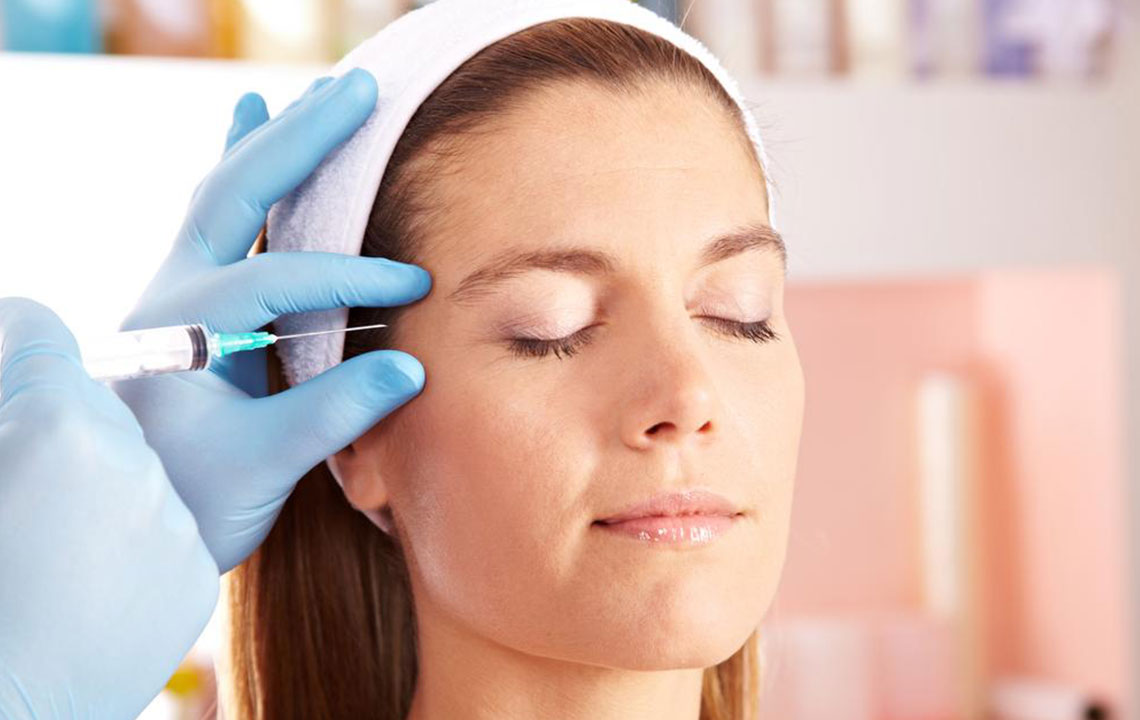7 Ways in Which Botox Injections Treat Medical Conditions
The word “Botox” word has made its way to becoming a talking point in recent years. While it may still be a fairly taboo subject, the idea surrounding the cosmetic injectables has been changing. Botox is best known for its ability to effectively smoothen out fine lines and creasing that is led by the natural process of aging. A brand name for the botulinum toxin, Botox is produced using the Clostridium botulinum bacterium.

Botox works by blocking the neurotransmitter acetylcholine. This causes paralysis of the muscles, which can last for a few months. The toxin is poisonous and can affect the nervous system. However, when used for Botox treatment, it is administered in very small amounts that bring good effects. While the treatment is best known for rendering cosmetic benefits, it is also used to treat a plethora of medical conditions. It has come to amaze the medical community with the slew of correcting functions that it holds. The procedure has been approved by the FDA as a means to treat about nine medical conditions apart from its cosmetic benefits. Without further ado, here are some of the most notable ways in which Botox can be employed.
Depression : The use of Botox in alleviating the symptoms of depression is to be studied further, but there have been signs that suggest its effectiveness in early trials. This can be derived from the proposed mechanism that points toward the facial feedback hypothesis, as facial expressions having an influence on an individual’s mood. Botox was reported to show a drop in the symptoms of depression and further research is being conducted to understand the same.
Premature ejaculation : The use of Botox for premature ejaculation is not FDA approved. However, it may be capable of relaxing the muscles and thereby delaying the ejaculation. The process will involve the injection of Botox into the penis. The research continues to be conducted through a clinical trial in order to gain a deeper understanding of how the toxin can work for this medical condition.
Irregular heartbeat : Abnormal or irregular heartbeat patterns are usually experienced after open-heart surgery. This condition is known as postoperative atrial fibrillation. Medical professionals continue to research the use of Botox for this medical issue. The safety profile of the chemical is also being understood when employed for the treatment of abnormal heartbeat.
Overactive bladder : Botox is found to be one of the most effective treatments for an overactive bladder. The use of this toxin for the given condition is approved by the FDA. According to studies, women treated with Botox for an overactive bladder had reported lesser number of leaks. However, in rare cases, Botox may have the opposite effects and lead to shutting down too much of the bladder. Thus, its use for this condition must be driven post understanding all the different aspects.
Neck spasms : Characterized by an abnormal position of the head and immense pain in the neck, the condition is known as cervical dystonia. Botox is found to be a great means of treatment for neck spasms, and the same is approved by the FDA.
A chronic migraine : The use of Botox for treating migraines began post the realization that people who underwent the treatment reported fewer episodes of migraine attacks. This was followed by a trial that was successful, and the toxin was approved by the FDA. While Botox is continued to be used for chronic migraines, there are a few medical professionals who continue to question the effect or whether it is just a result of the placebo effect. The procedure for receiving Botox to treat migraines involves injecting the chemical in different areas of the head or neck. Effects of Botox are found to last for anywhere between 2 to 3 months.
Excessive sweating in the underarms : Severe primary axillary hyperhidrosis is a condition that causes episodes of excessive sweating in different parts of the body. Patients who underwent Botox for other conditions experienced less sweating, and this triggered the study if it could be a successful therapy for the condition. It was approved for this use by the FDA in 2004 and is widely used to get rid of excessive sweating caused in the feet and hands.
Scars from a cleft lip : The count of babies born with a cleft lip every year is high. This condition is treated with surgery. Botox is found to be a good form of treatment that aids in getting rid of or lightening the scars. The scar on the baby’s lip is injected with Botox, and it works by holding the muscles while letting it heal. The procedure is found to show a good effect in improving the appearance of the scars. The use of Botox for this purpose is relatively innovative, and the same is not approved by the FDA.


